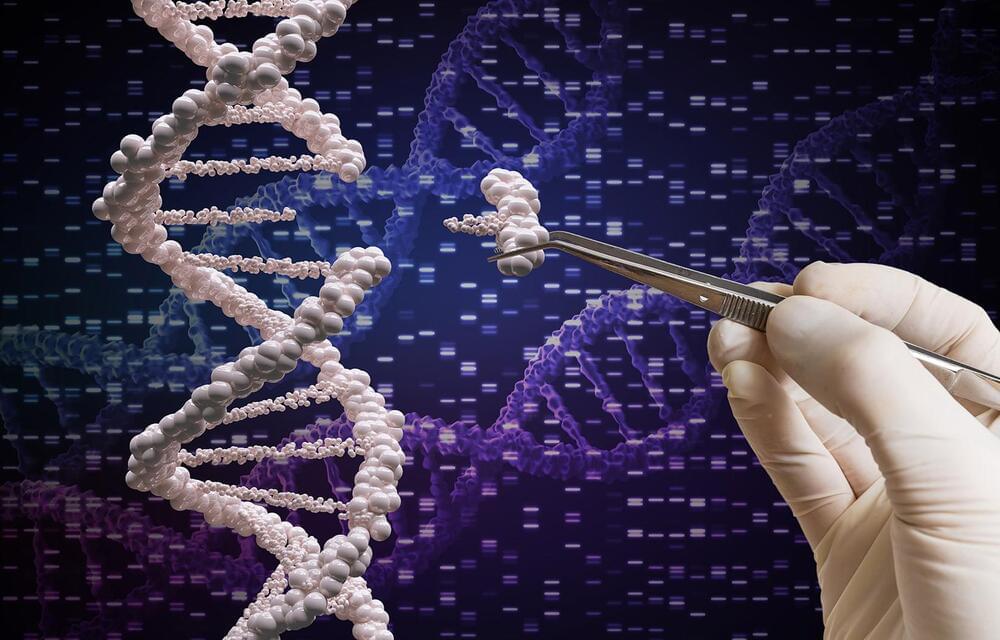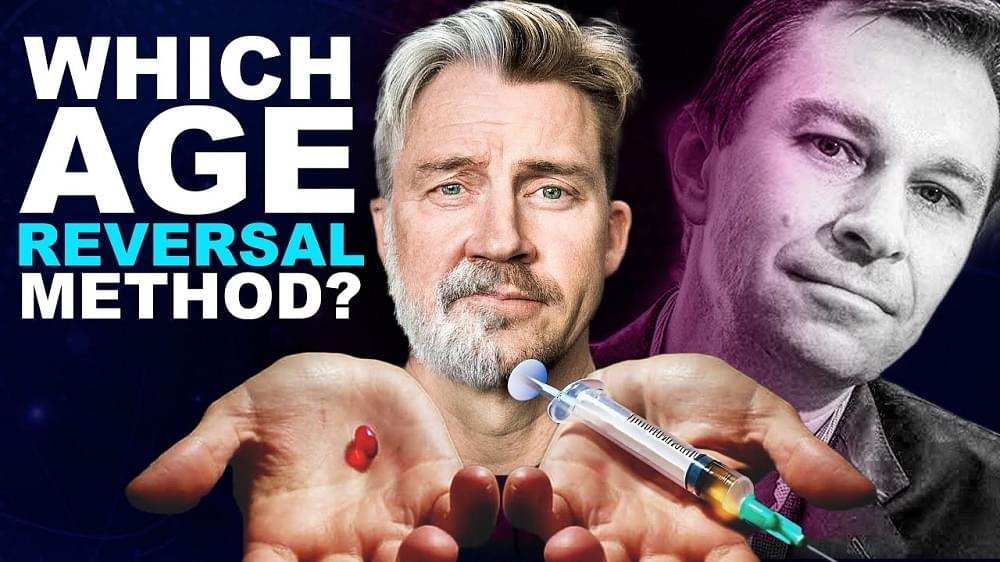Nov 3, 2023
Running Large-Scale CRISPR Screens in Human Neurons
Posted by Paul Battista in categories: biotech/medical, genetics, life extension, neuroscience
Identifying therapeutic targets for neurodegenerative conditions is often challenging due to the limited accessibility of reproducible, scalable in vitro cell models. Genome-level CRISPR screens are useful for these studies but performing screens that include the necessary replicates requires billions of cells. Human iPSC-derived cells can provide the needed scale, however, the complex process of directed differentiation is time-consuming, resource-intensive, and rarely feasible. Furthermore, delivering ribonucleases by transfection or transduction is inefficient in human iPSC-derived cells, especially delicate cell types like neurons. As a result, scientists often rely on immortalized cell lines, which do not accurately represent human biology or disease states, to run large-scale CRISPR screens.
In this GEN webinar, two experts will discuss solutions for running large-scale CRISPR screens to identify therapeutic targets for neurodegenerative diseases. They will present ioCRISPR-Ready Cells™: human iPSC-derived cells precision reprogrammed with opti-ox™, that constitutively express Cas9 nuclease, which are built for rapidly generating gene knockouts and CRISPR screens. During the webinar, you’ll learn about two peer-reviewed studies that performed large scale CRISPR knockout screens using opti-ox powered glutamatergic neurons with stable Cas9 expression. The first study demonstrates a loss-of-function genetic screen using a human druggable genome library. The second study investigated possible regulators of the RNA binding motif 3 protein, whose enhanced expression is highly neuroprotective both in vitro and in vivo.

















